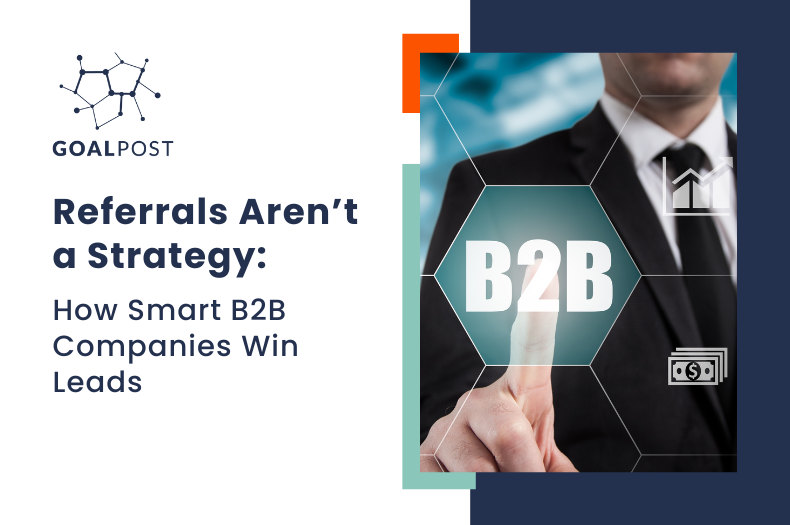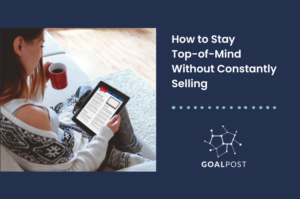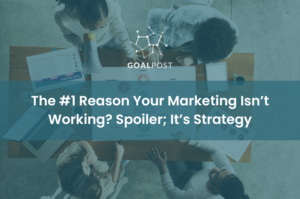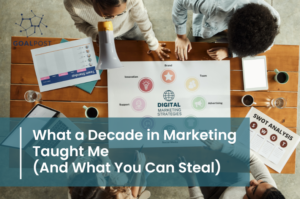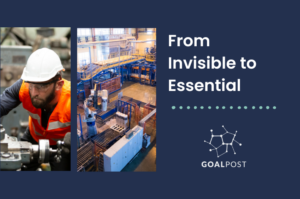A lot of B2B businesses get by on referrals.
A few solid clients, a couple of warm intros, and a mild sense of security built on borrowed momentum.
It works, until it doesn’t.
Your contact leaves.
The decision-makers change.
The pipeline dries up, and now you’re pacing in front of your inbox, wondering why the universe isn’t sending more people your way. Then again, the universe doesn’t work in your marketing department.
The businesses that stay strong and keep growing are the ones that build real lead generation engines. Not just introductions. Not just luck.
Step 1: Deliver Value First
Lead generation doesn’t start with a sales call. It starts the second someone stumbles across your stuff and thinks, “Oh, they actually know what they’re talking about.”
That’s your signal.
Whether it’s through blogs, videos, social media, short courses, or webinars, your goal is simple:
Be the go-to expert when they start looking for help.
Content that respects your audience’s time and doesn’t make them feel like they’re being sold a mattress.
Be useful. Be memorable. Be the one they look up when they finally get budget approval.
And yes, if you’re serious, you’re going to need to choose the right CRM.
Step 2: Stay in the Conversation
You’re not losing deals because you’re bad.
You’re losing them because you vanished.
Out of sight = out of the running.
Maybe you don’t need to flood inboxes, but you do need a continuous contact strategy. Stay relevant. Be helpful. Publish regularly. Don’t be pushy.
Don’t wait six months and then panic-email a cold list.
Attention spans are short. Be present, be reliable, or be forgotten.
Step 3: Keep the Cycle Moving. Automatically.
This is the whole game:
- Create value (say something smart)
- Share it across channels (put it where your audience already is)
- Get it in front of the right people (don’t disappear)
- Keep it moving (Repeat)
That’s your Engagement Cycle. Go!
It’s not new, but it’s the difference between companies who stay relevant and companies who get left behind.
Step 4: Automate Like You’re Human
Good automation doesn’t feel like automation.
It answers questions before they’re asked.
It follows up without being weird.
It nudges without annoying.
Think of it as helping them pull themselves closer, not pushing them harder.
Trigger smart follow-ups when someone clicks, downloads, or books.
Let AI cover the FAQ-level stuff so your team doesn’t waste hours repeating themselves.
If automation feels cold, you’re doing it wrong. It should feel like, “Oh hey, that was actually helpful.”

Be Ready When They Are
By the time someone hits “schedule a call,” you shouldn’t be starting from scratch.
They should know who you are.
They should understand what you do.
And they should already believe you can help them.
Because you’ve shown up.
You’ve stayed helpful.
You’ve kept moving the conversation forward.
The real win isn’t getting more leads. It’s building a system that turns interest into action without wasting your time. Or theirs.
2025 isn’t going to reward businesses who “wait and see.”
It’s going to reward the ones who show up, stick around, and make it easy for people to say yes.

